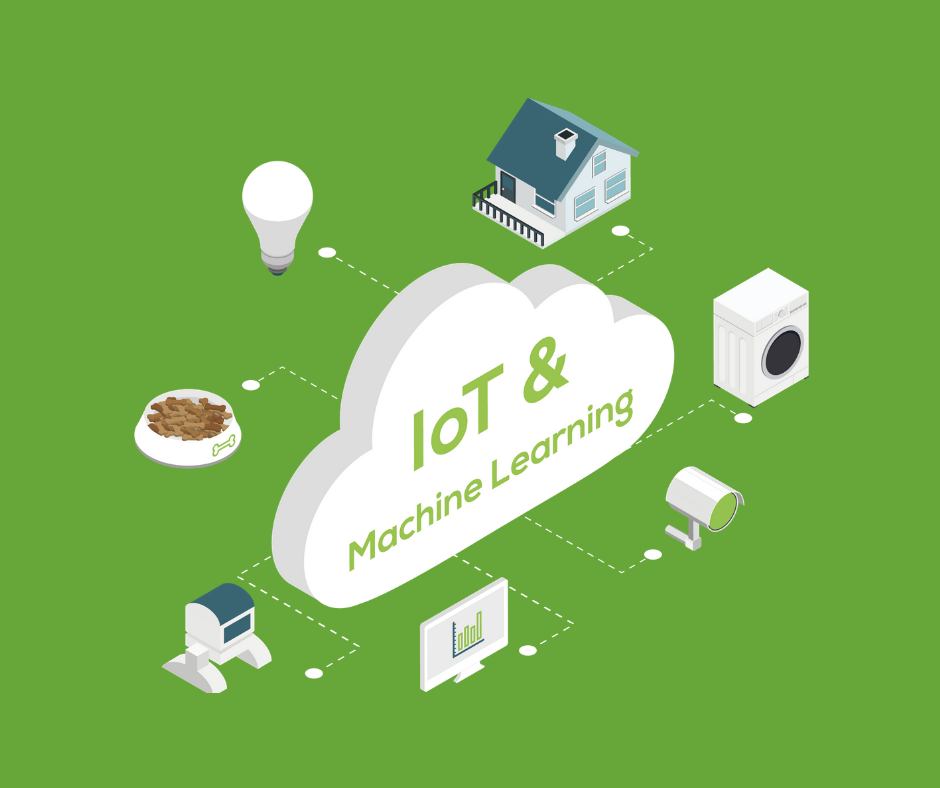Let’s face it, we have all been there: You woke up too late and are in a rush to be on time for the 09:00 o’clock lecture. You open the fridge to grab some yoghurt for breakfast, and.. It’s gone.. Your roommate probably ate it last night. Again.. How convenient would it be if your fridge would know this and automatically adds the product to your grocery list? Plus, what if it has also learned that you usually add bread to that list on the same day, and does so for you? Well, that is exactly how IoT and machine learning can be used in real life situations. Obviously, those are first world problems, so in this blog I would therefore like to illustrate the power of combining IoT and machine learning and which possibilities this combination can offer to enhance the quality of life in situations where it matters significantly more.
There is an abundance of articles and literature dedicated to the growing ageing population and the effect of longer life on the dependency of these elders on homecare (e.g. Lawton, 1991 & Covinsky et al., 2003). The need for homecare for this group is increasing significantly while at the same time there is an increasing scarcity in available nurses to check on them regularly (Breedveld, Meijboom and De Roo 2006). This has resulted in inefficient and impractical services and high costs, which is not in favor of the quality. It would therefore be interesting to see how technology could solve these problems.
The exact same principles of IoT and machine learning that were used in the introduction can also be applied in this case. Home devices like televisions, coffee machines or sensors that can detect movement, noise and the presence of connected smart devices such as smartphones or a smartwatch can all be connected to each other. This could also be expanded with devices targeted at their physical wellbeing. Think of the aforementioned smartwatch than can track their health conditions or a pacemaker. All these connected devices can map an overall picture of the wellbeing, location and habits of a person. By combining this with the principles of machine learning, an algorithm can be created that notices when something is out of the ordinary.
If, for example, a person generally makes coffee at 08:00 in the morning, leaves home half an hour later, returns at the end of the day and switches on the television around 19:00 in the evening, but for some reason multiple of these actions have not taken place, it could mean that something has happened to them. In that case a nurse or family member could be notified to check on that person. This is, of course, a more advanced implementation of the technologies, but more straightforward implementations can also greatly improve their independency, allowing them to live in their own house for a couple more years. Think of receiving notifications when they forgot to take their medicine, have left the stove on or forgot to lock the doors when leaving the house.
These simple examples of how IoT and machine learning can be combined to increase everyday quality of life for the elderly can all work passively and can be integrated into their homes without the need for human intervention or monitoring. Intervention will only happen in case something is out of the ordinary. On top of that, it is in most cases not even noticeable that their daily routine is monitored, which enhances their feeling of having an independent life (Park & Jayaraman, 2003).
These simple solutions made me wonder in which other combinations of technologies we could gain more advantages to improve life. Do you see any opportunities in this? Or do you think that there could also be negative effects to these technologies?
Sources:
Breedveld, E. J., Meijboom, B. R., & de Roo, A. A. (2006). Labour supply in the home care industry: A case study in a Dutch region. Health Policy, 76(2), 144-155.
Covinsky, K. E., Palmer, R. M., Fortinsky, R. H., Counsell, S. R., Stewart, A. L., Kresevic, D., & Landefeld, C. S. (2003). Loss of independence in activities of daily living in older adults hospitalized with medical illnesses: increased vulnerability with age. Journal of the American Geriatrics Society, 51(4), 451-458.
Lawton, M. P. (1991). A multidimensional view of quality of life in frail elders. In The concept and measurement of quality of life in the frail elderly (pp. 3-27). Academic Press.
Park, S., & Jayaraman, S. (2003). Enhancing the quality of life through wearable technology. IEEE Engineering in medicine and biology magazine, 22(3), 41-48.

